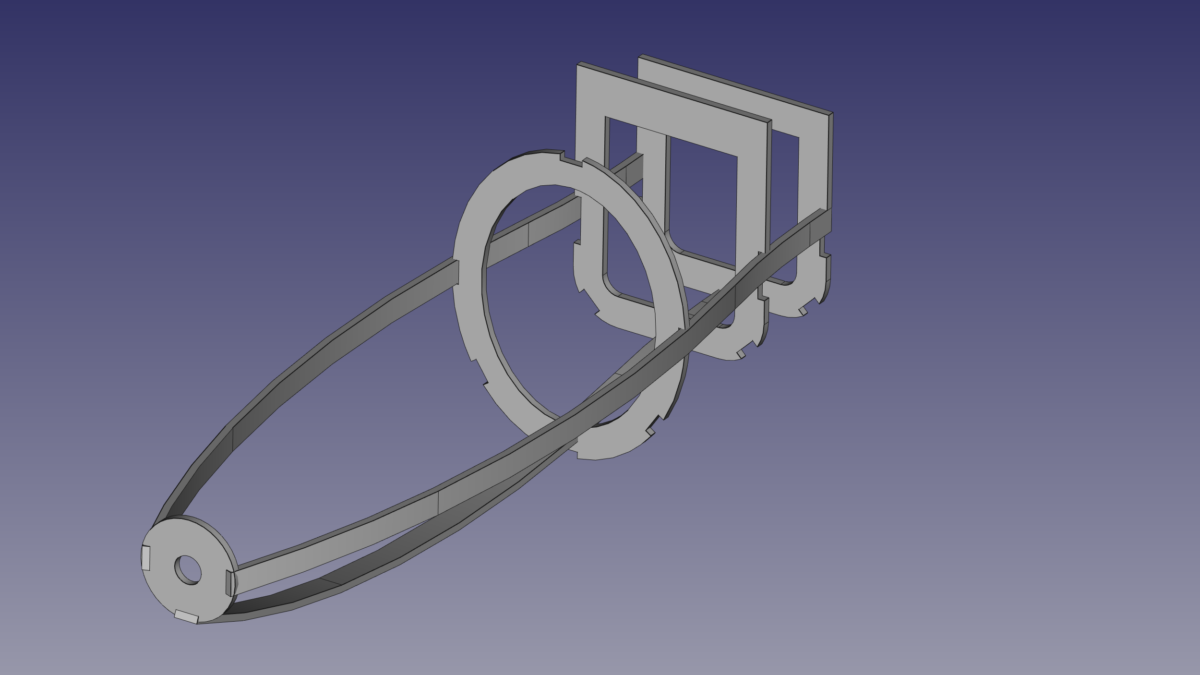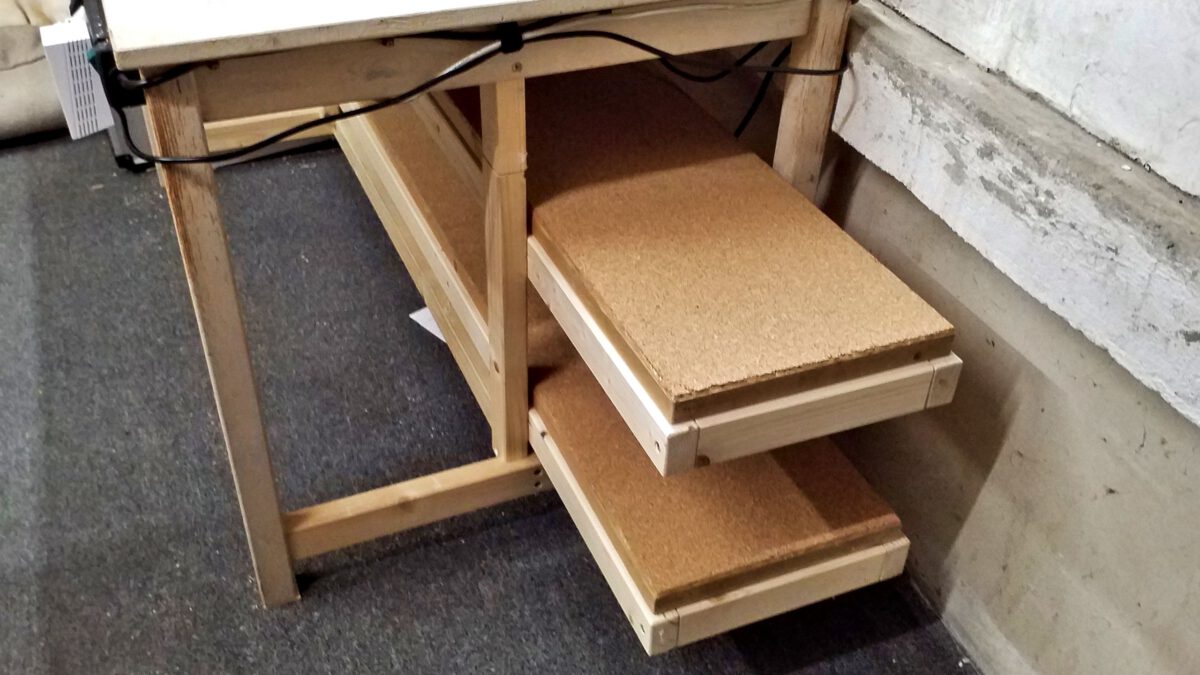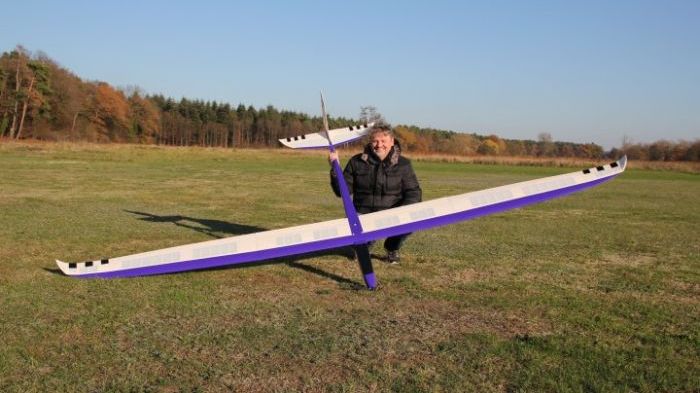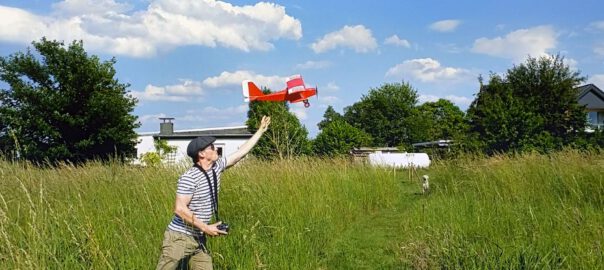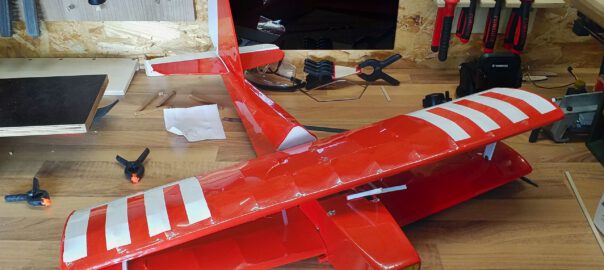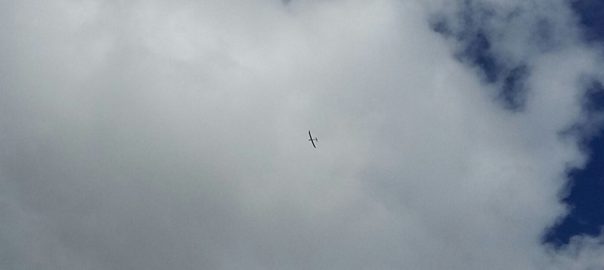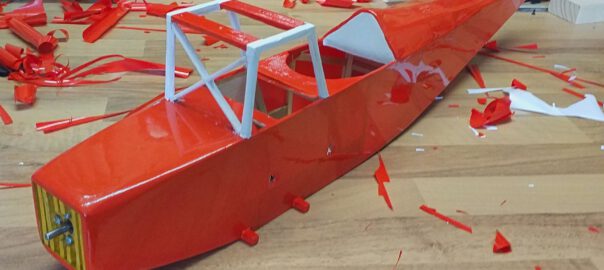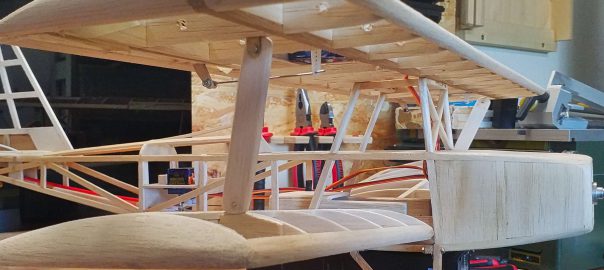Based on the design variations, I’m moving on to the actual planning and start to blueprint the nose. If possible, it is supposed to give the aircraft a semiscale appearance and that means I basically have to start from scratch.
In order to create parts repetitively and precisely, the blueprinting is going to be computer-assisted. In theory I could draw on paper, scan the diagrams and print them. However, I would lack the 3D preview and applying adjustments is going to be much more time-consuming.

